How to Protect and Organize Collectible Coins for Beginners
Posted by Tom Deaux on Jul 25th 2018
Protect and Organize Coins
Coin collectors new to the hobby soon realize that coins need to be protected, both from mishandling and from the environment so that they will not deteriorate in quality and value. They also learn that they need to organize their coins in order to be able to find specific ones. Storage of the coins is related to both protection and organization. This blog post offers some basic information regarding these topics.
Coins need to be protected from hands on damage. If coins are picked up with uncovered fingers, oils that we all have on our hands can be deposited on the surfaces and can do long term damage. These oils can eat through the surface of a coin and leave a lasting impression in the form of a fingerprint. Once you are aware of this issue you will see many examples in pocket change. Dropping a coin on a hard surface can cause permanent damage in the form of blemishes, scratches, and/or dents.
Another form of damage to unprotected coins is caused by the atmosphere, primarily the small nitrogen component in the air we breathe. This is what causes “toning”, or coloration on coins. Some toning is desirable to collectors, for example “rainbow toning” on a Morgan Dollar, but some toning is detrimental to the value of coins. One example can be seen in copper coins, for example Lincoln Cents. These coins come new from the Mint with bright orange color (for whatever reason, these are called “red” in modern grading standards). Left unprotected, these coins gradually turn brown, from small brown areas to larger brown coverage and eventually to all brown. “Red” copper coins are generally more valuable than “Red/Brown” or “Brown” copper coins.
There are numerous ways to protect coins from damage and from the environment. Here are a few:
For Single Coins
Cardboard Foldovers
Cardboard Foldovers are an inexpensive option for protecting coins. These are cardboard squares with cutout windows covered with transparent mylar. You can see the coin on both sides but can’t touch it. Foldovers are also very effective in protecting the coin from the atmosphere.
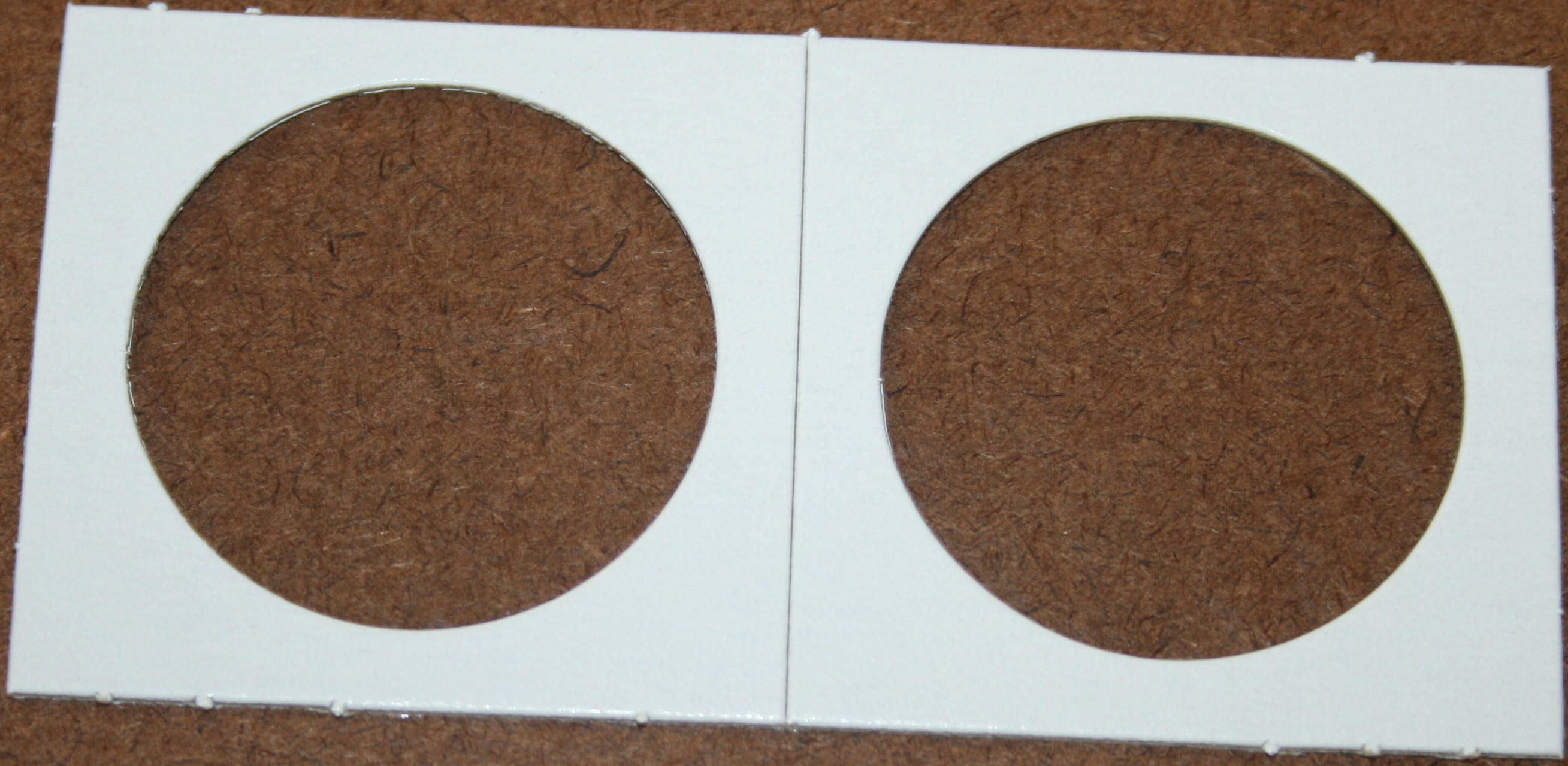
Above is a 2x2 inch Cardboard Foldover (it starts out as 4x2 but is 2x2 when it is folded over). This one is made for a 38mm diameter coin, e.g. a Morgan silver dollar.
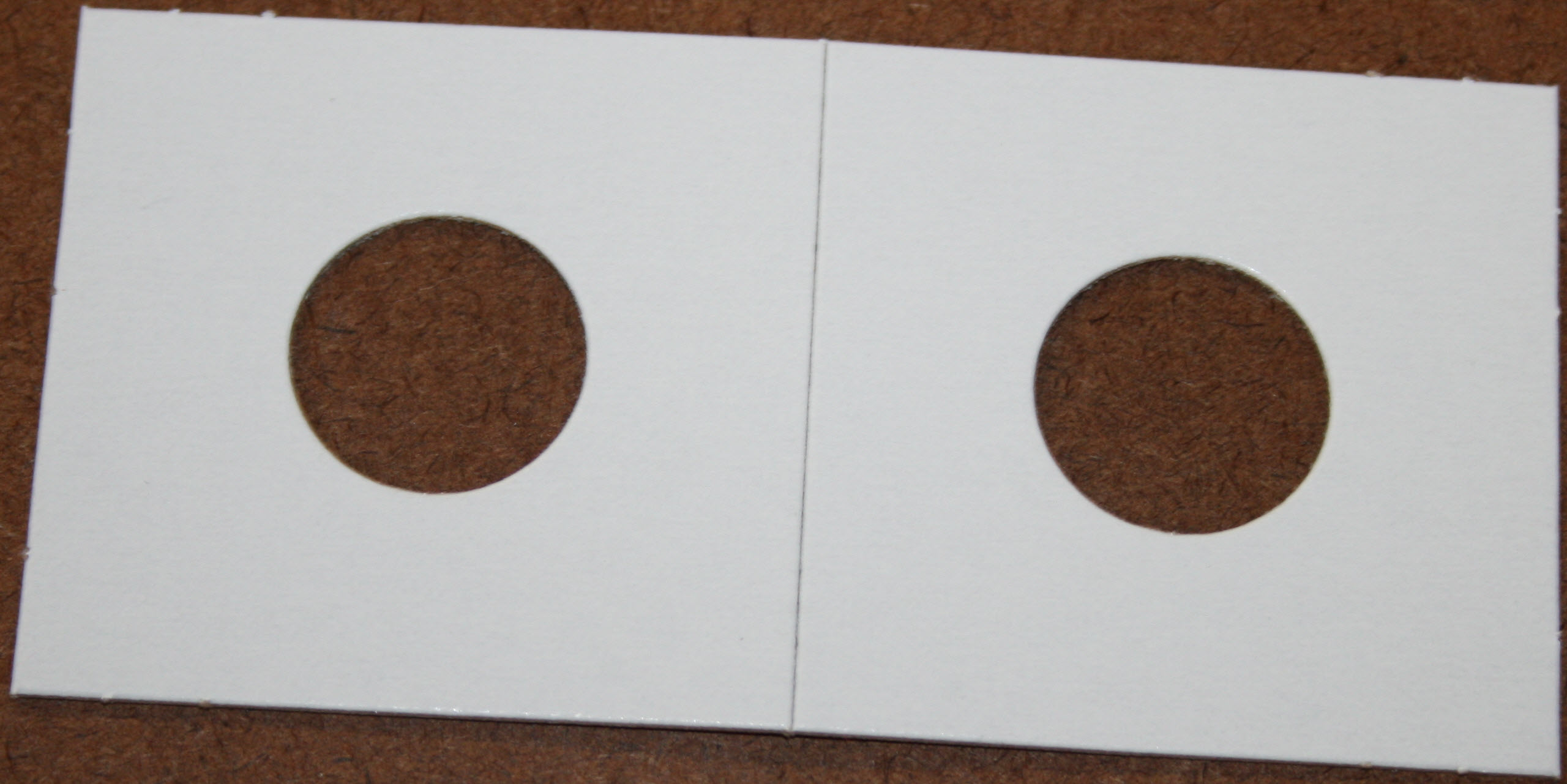
Above is a 2x2 inch Cardboard Foldover for a 19mm diameter coin, e.g. a Lincoln Cent or an Indian Cent.
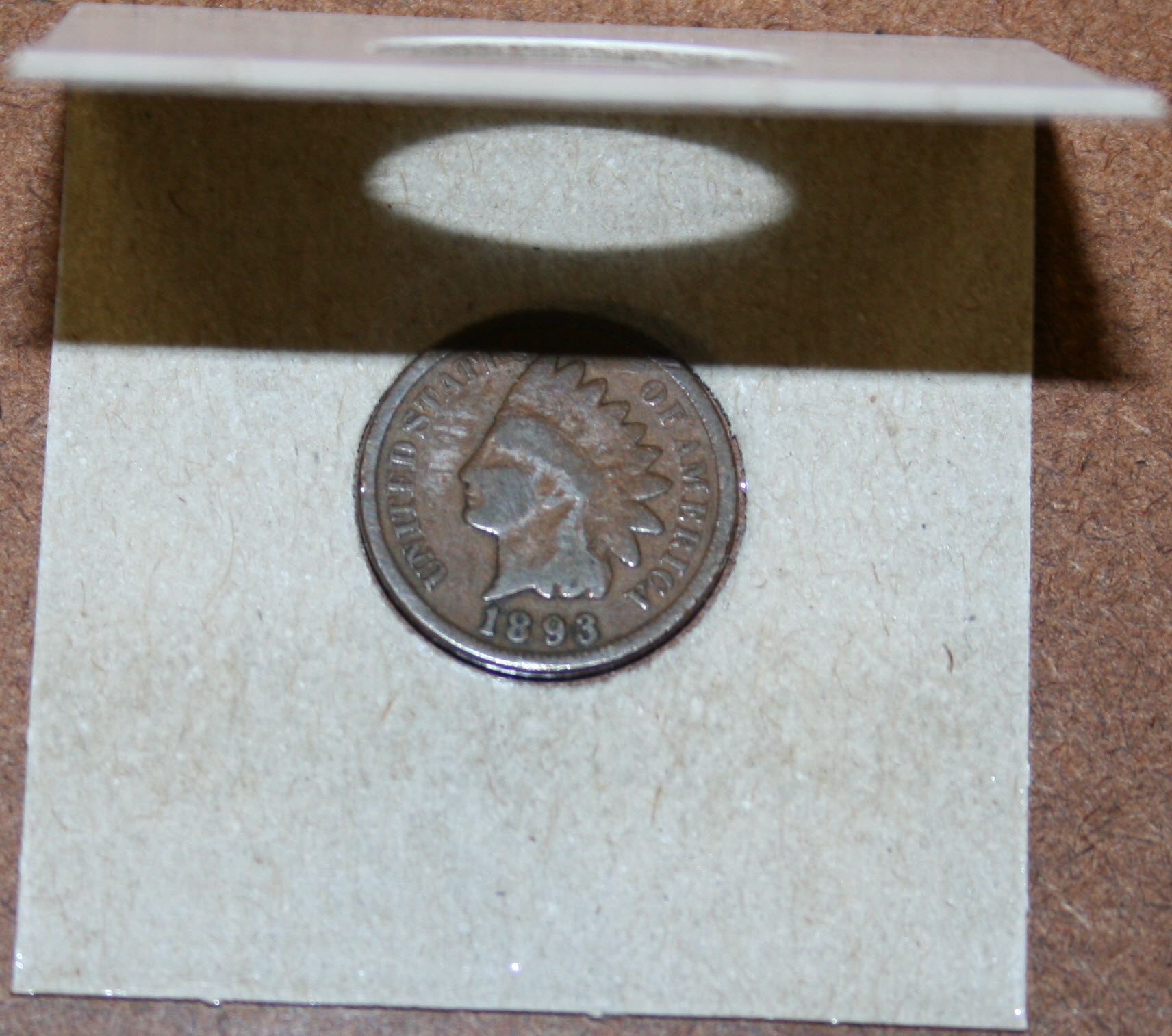
Above is the 2x2 inch Foldover with a coin to be enclosed.
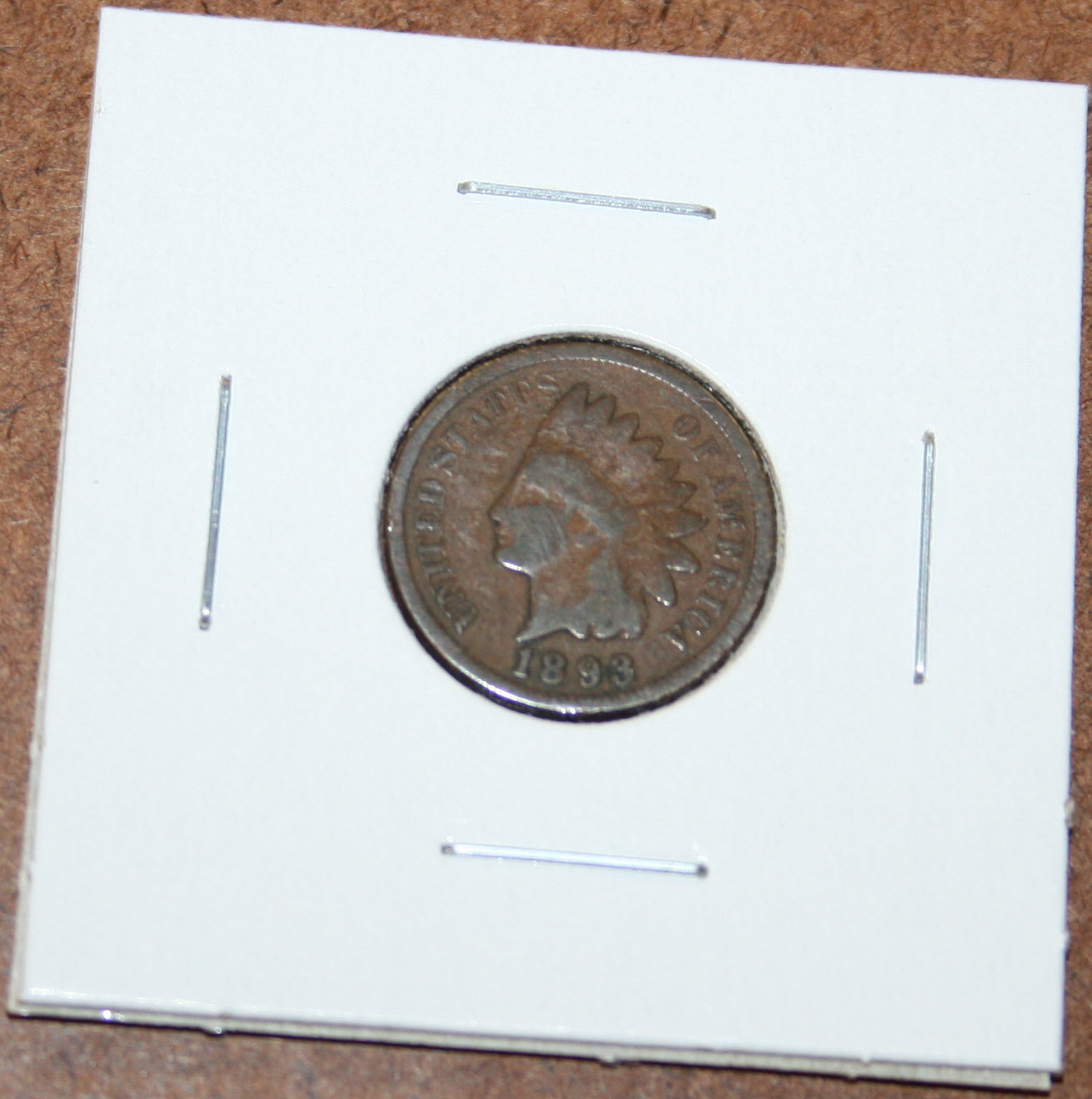
Above is the coin enclosed in the Foldover, which is held together with staples.
The foldovers are also available in 1.5 x 1.5 inch and 2.5 x 2.5 inch formats.
Foldovers are inexpensive; the 2x2’s retail for about $3 per 100 or 4c each for singles, the 1.5x1.5’s are a little less expensive and the 2.5x2.5’s are about $6 per 100 or 8c each for singles. They are very effective for protecting coins. They can be somewhat flimsy though, depending on the brand, and the coin can break through the mylar if it is mishandled.
Clam Shell Transparent Capsules
Another way to protect coins is to use clam shell style transparent capsules. The most popular products for this format are “Air-Tite” holders. These come in two styles; one is “Ring Style” and the other is “Direct Fit”.
The “Direct Fit” Holders have a transparent top and a bottom that fit together tightly enough to keep air out and thereby protect the coin. These holders come in many sizes to accommodate most US and International coins. They are usually retailed at about $1 each. There are other less expensive options available in the marketplace.
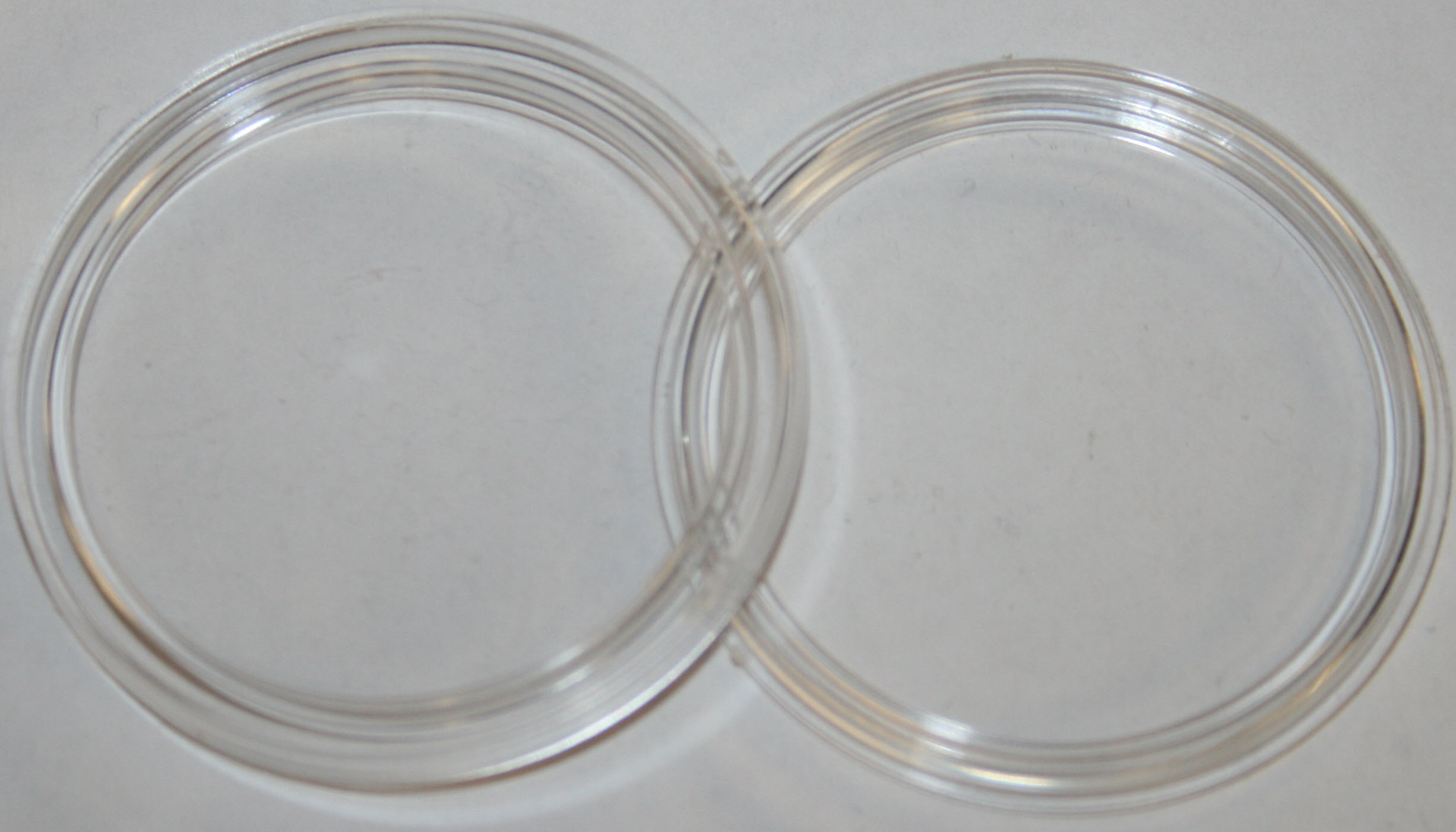
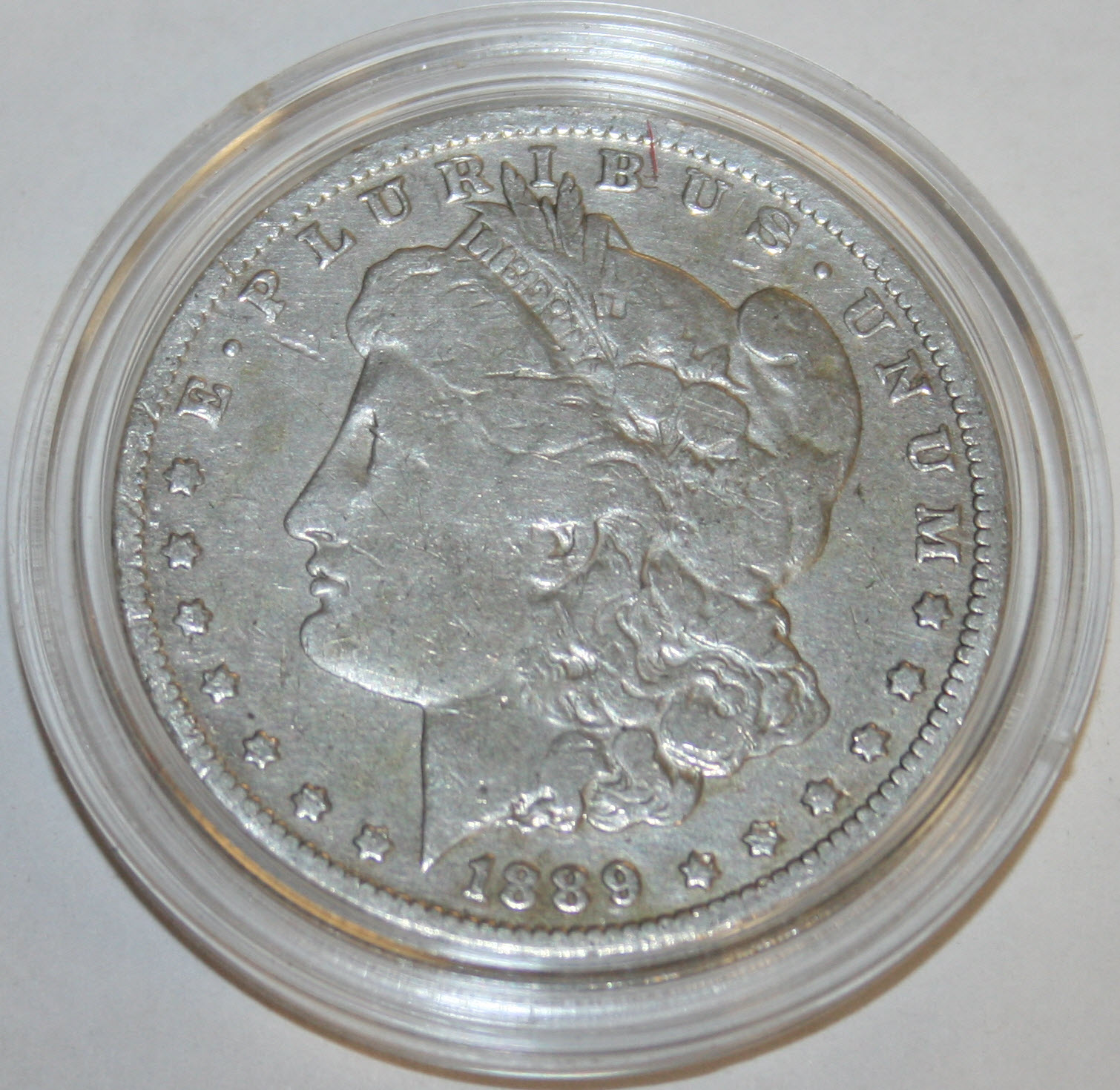
Above is an example Air-Tite Direct Fit Holder, open and closed
The “Ring Style” has a “ring”, (a gasket) included and is preferable if you want to take the coin out of the holder at times, as the gasket makes it easier to remove the coin.
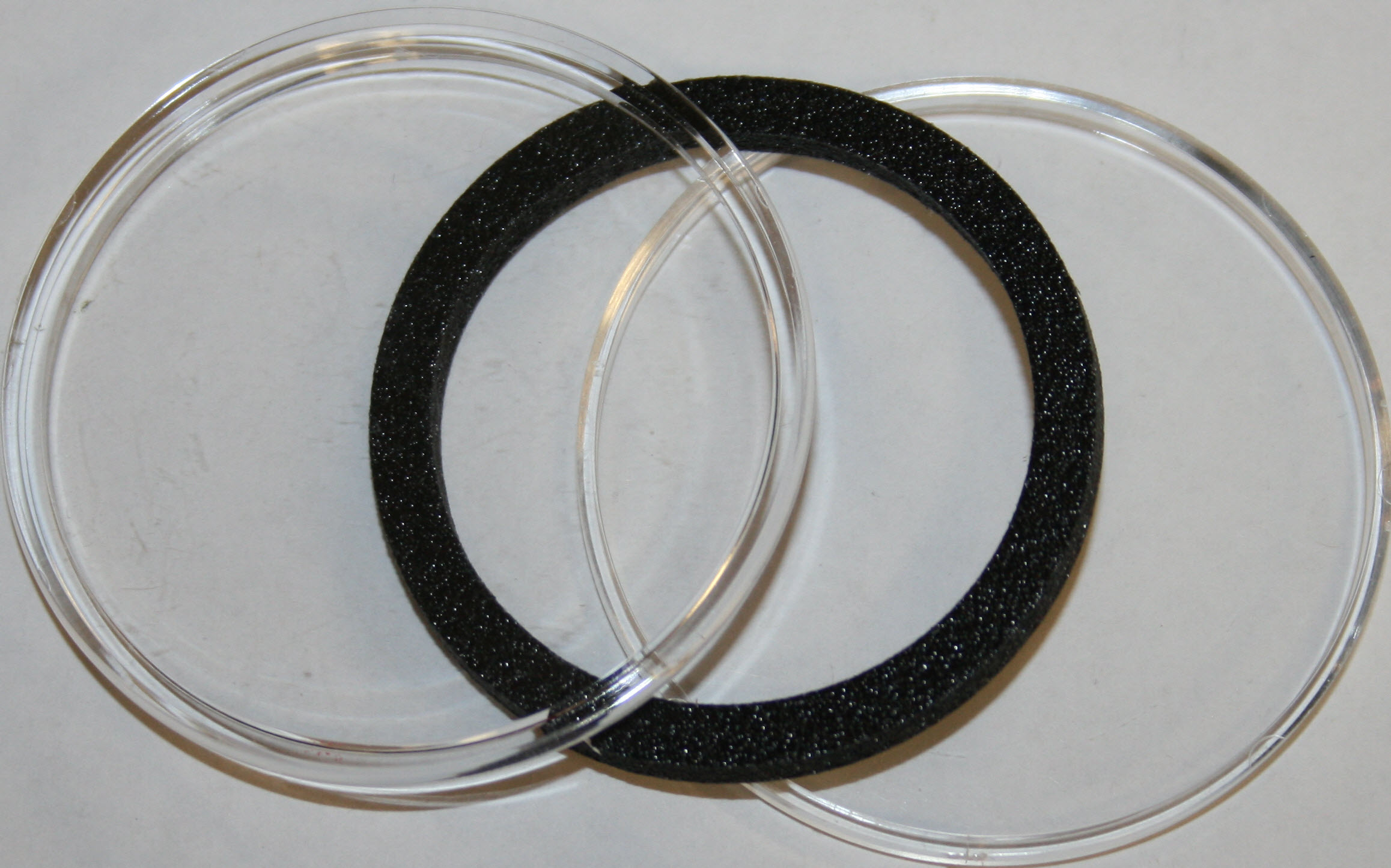
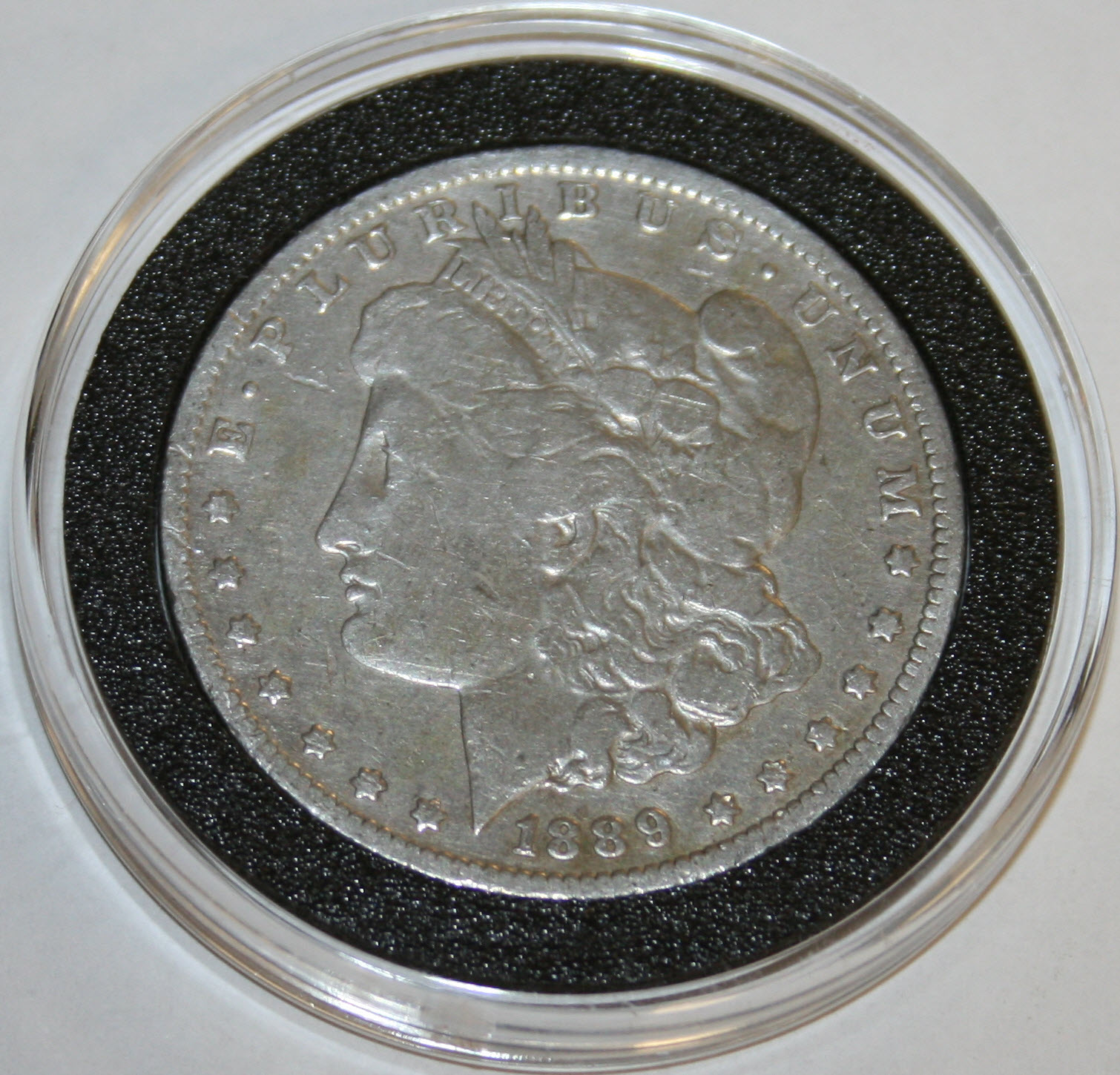
Above is an example Air-Tite Ring Style Holder, open and closed
For Multiple Coins
Pocket Pages
Pocket pages provide an option for bulk storage for coins. They provide the ability to view both side of groups of coins (e.g. 20 per page). Most common pocket pages are designed to fit in a 3 ring binder, 8.5x11 inch size. The most popular types have 20 pockets which can be used to store up to 20 coins in 2x2 inch foldovers. There are other sizes available, including 30 pocket for 1.5x1.5 inch foldovers, and 12 pocket for 2.5x2.5 inch foldovers.
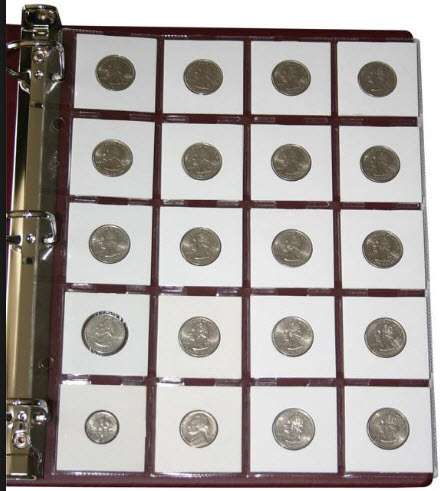
Above is a 20 pocket page with 2x2 inch foldovers.
Boxes
Coin boxes provide another option for bulk storage for cardboard foldovers. The boxes come in an assortment of sizes to accommodate 1.5 inch, 2 inch, and 2.5 inch foldovers. The most popular size box is a 2x2x9 inch that holds approximately 100 coins in 2x2 inch foldovers. The boxes are available in cardboard and plastic. The plastic boxes are better quality, more sturdy, and last longer.

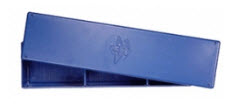
Above is a 2x2x9 inch cardboard box and the same size plastic box.
Coin rolls
Most coin rolls are in one of two formats; 1) A round transparent plastic tube, or 2) A square opaque white plastic tube. They are designed after the age old bank paper rolls in that they have the following capacities:
Cents: 50 coins
Nickels: 40 coins
Dimes: 50 coins
Quarters: 40 coins
Half Dollars: 20 coins
Small Dollars (Susan B. Anthony, Sacagawea, and Presidential): 25 coins
Large Dollars (Morgan, Peace, Eisenhower): 20 coins
The round plastic tubes allow you to see the edges of the coins, while the square tubes are stronger and more easily stacked. Both are fairly good at protecting coins but neither is air tight.
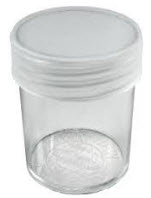
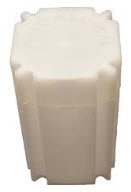
Above is a round transparent coin tube and a square opaque coin tube
Avoid Moisture
It is also important to protect collectible coins from moisture, both in the air (humidity) and other sources. A useful item in this regard is silica gel, which is often used in small packages to protect electronics and other moisture sensitive products. Silica gel is available in various sizes that are tailored to protect various size areas, e.g. a safe or other storage container. The product lasts for a few months, depending on the amount of moisture in the environment, and can then be baked in a conventional oven to restore its effectiveness for reuse.
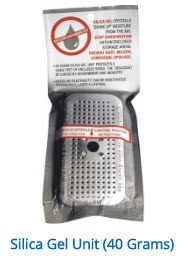
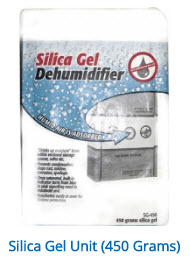
Above are two sample sizes of Silica Gel Dessicant
The supplies shown in this post and many more are available at Whitman, and numerous other sites including Wizard Coin Supply, ebay and amazon. That concludes the basics for protecting and organizing coins for the beginning collector. Happy trails!
